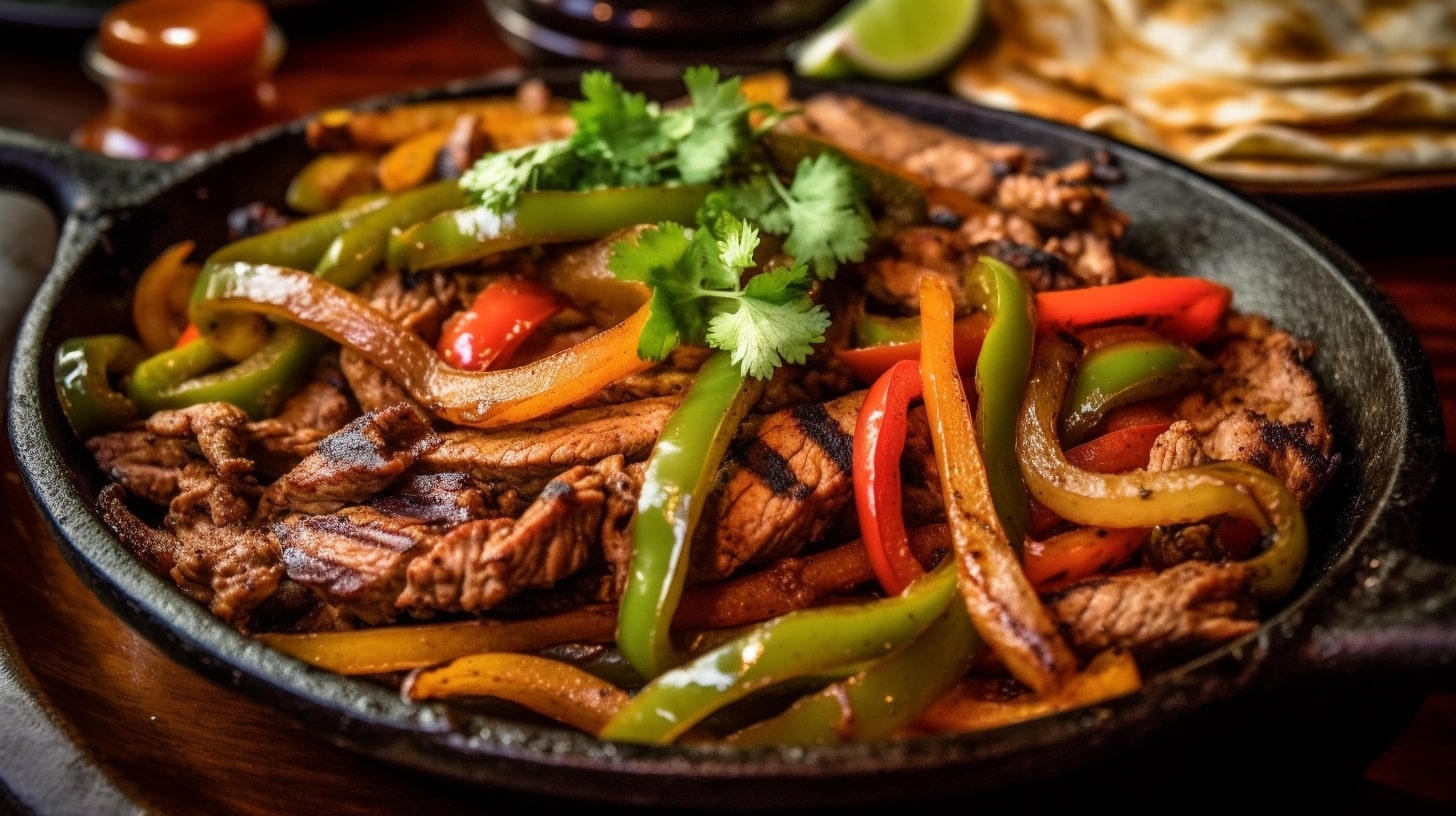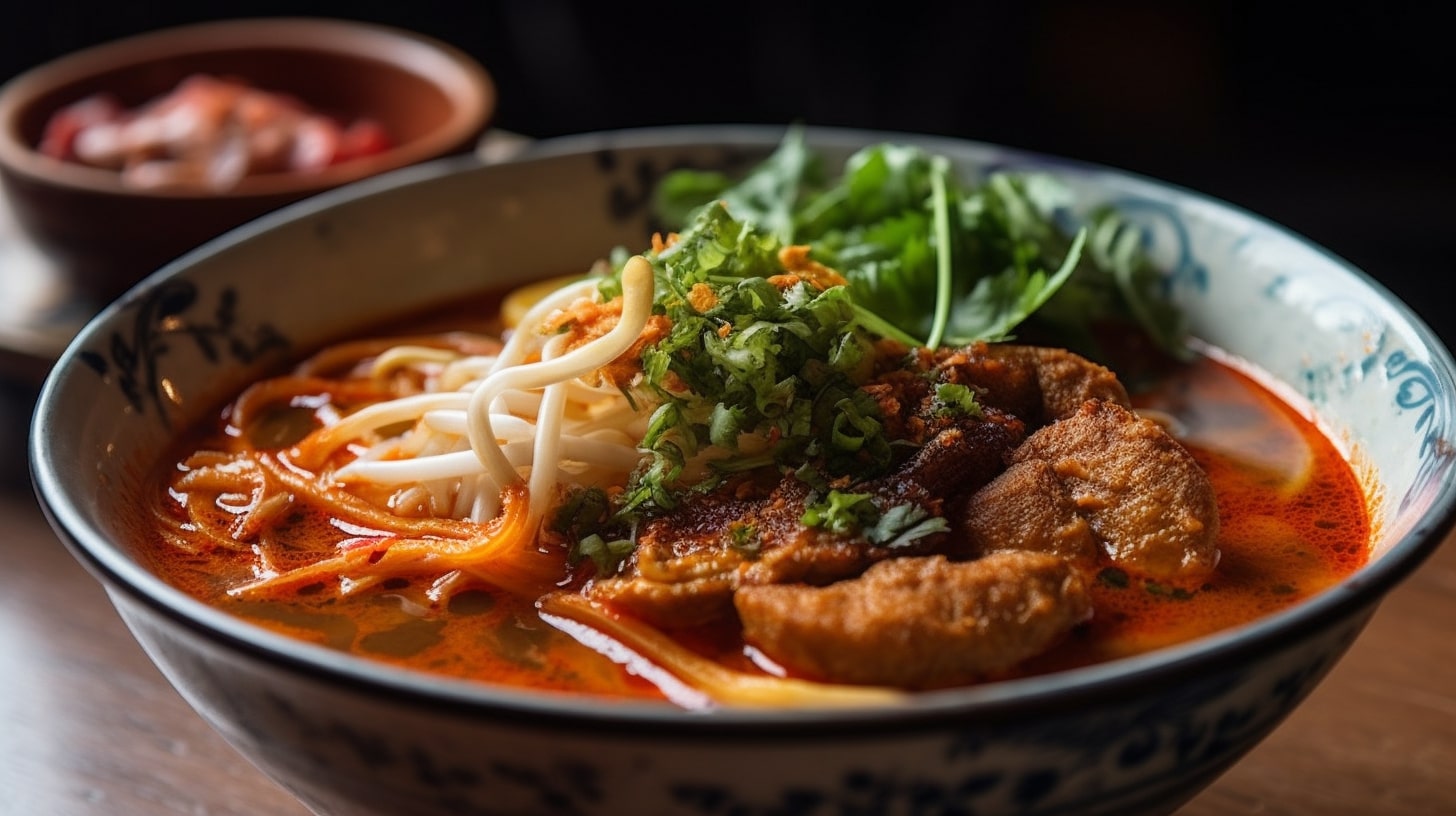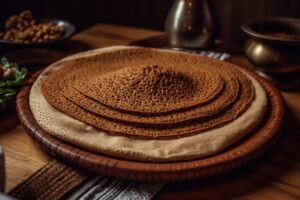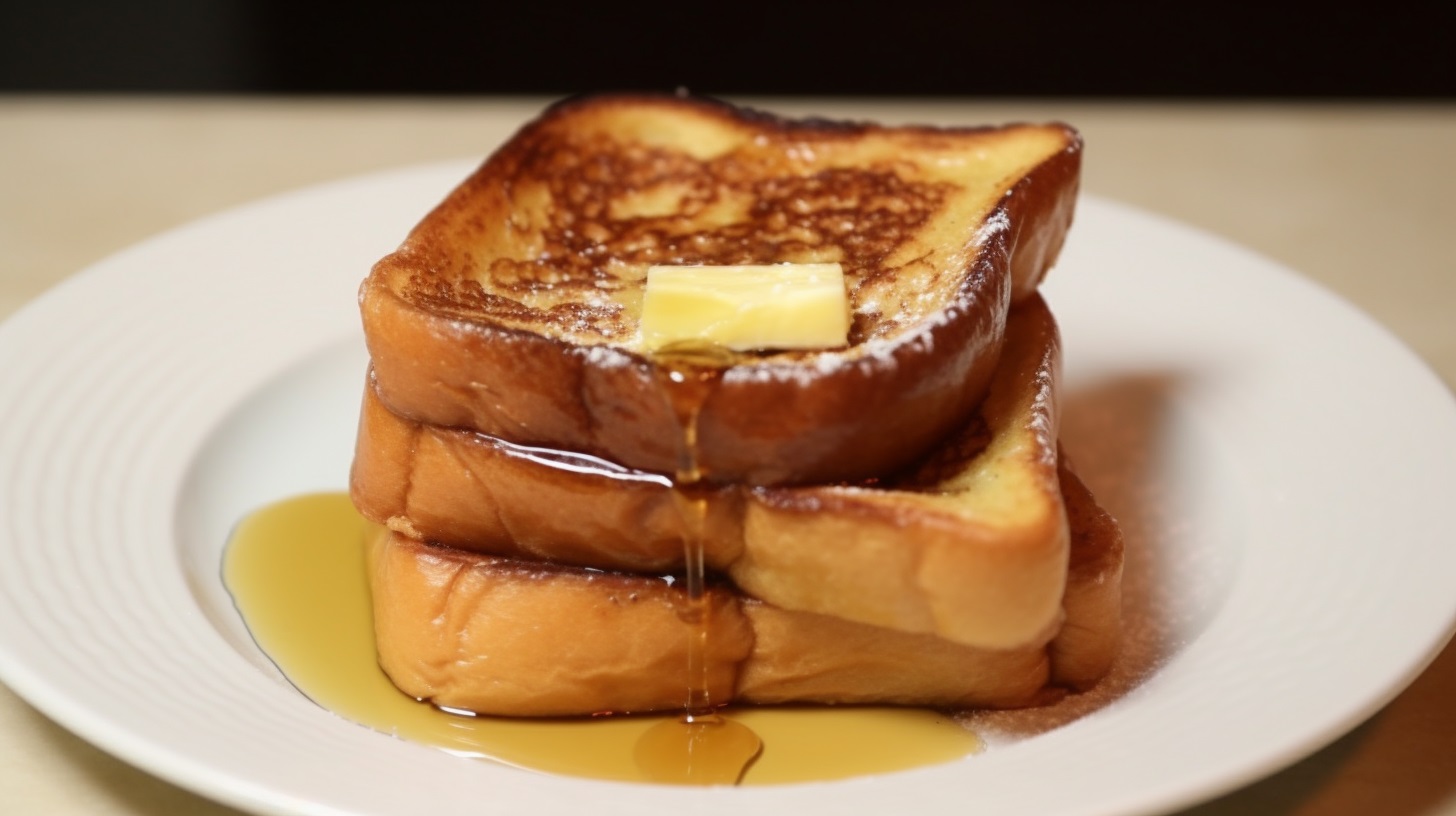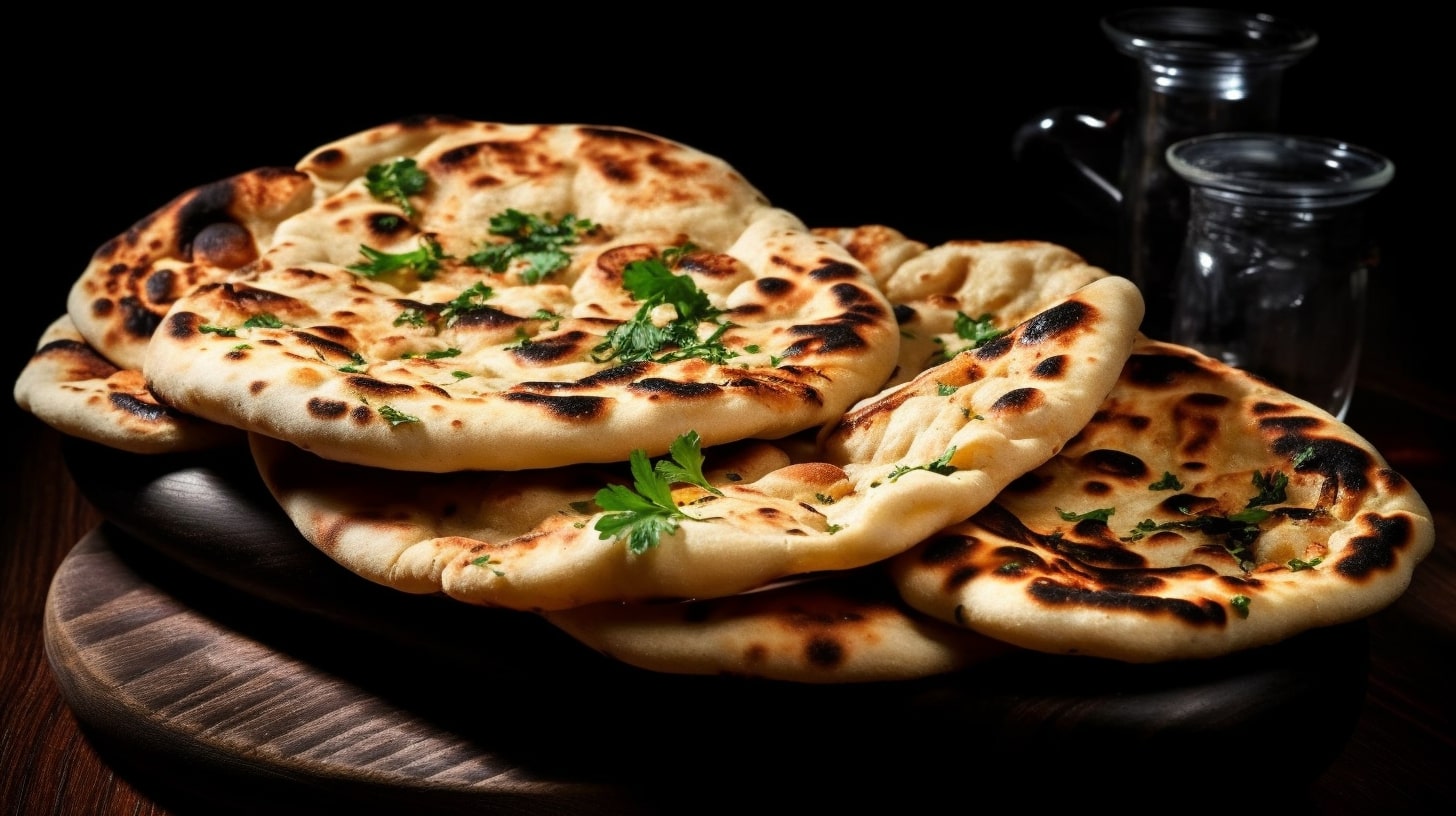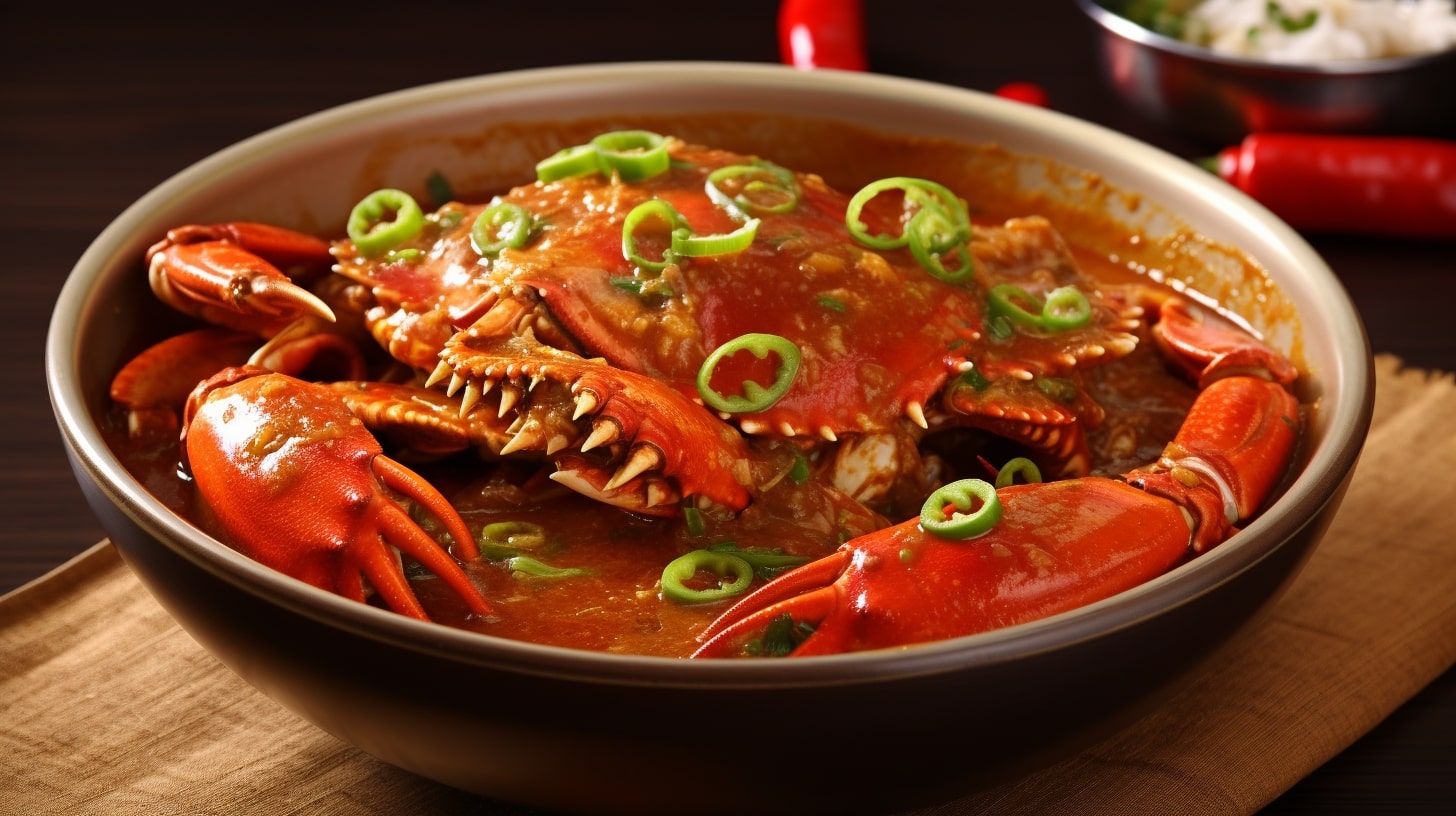Indulge in the heavenly flavors of French toast, a classic breakfast dish loved by all. Learn how to make the perfect French toast with its golden-brown crust, fluffy interior, and delightful toppings. Discover creative variations and serving suggestions that will elevate your breakfast experience. Join us as we delve into the world of French toast and unlock its delicious secrets.
Introduction
French toast, also known as “eggy bread,” is a beloved breakfast dish that has delighted taste buds for generations. This comforting and versatile dish is made by dipping slices of bread into a mixture of beaten eggs and milk, then pan-frying them until golden and delicious. In this article, we will take you on a culinary journey into the world of French toast, sharing tips and tricks for achieving the perfect texture and flavor. Get ready to start your day with a plate of warm, golden-brown eggy bread that will leave you craving for more.
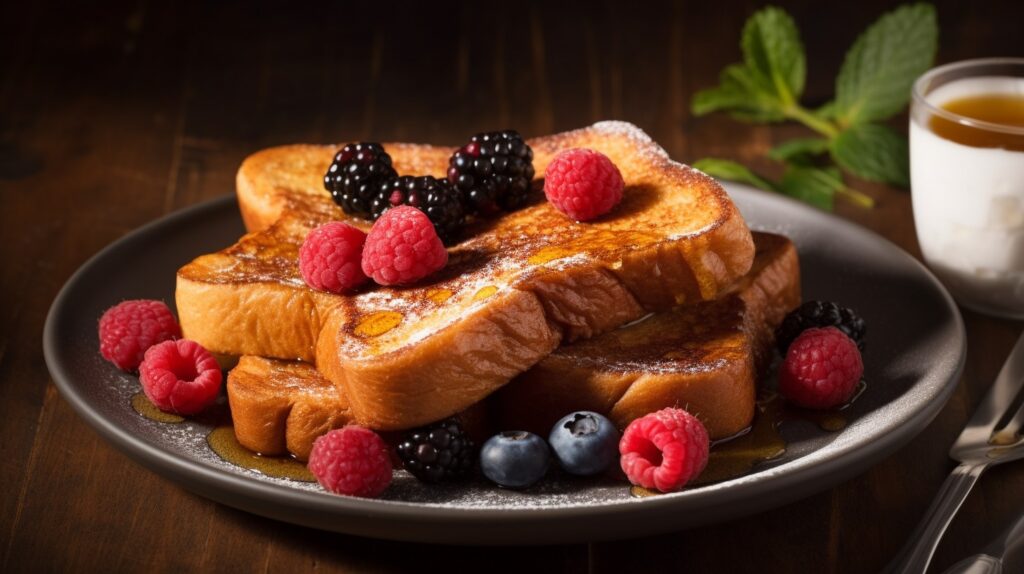
The Art of Making French Toast
The Bread: Choosing the Perfect Slice
The choice of bread is crucial in creating the ideal French toast. Opt for bread that is slightly stale or a day old, as it will absorb the egg mixture better without becoming overly soggy. Brioche, challah, or thick slices of French bread work wonderfully, offering a soft interior and a sturdy crust.
The Egg Mixture: Fluffy and Flavorful
To create a luscious and flavorful French bread, whisk together eggs, milk, vanilla extract, and a pinch of cinnamon. The milk adds creaminess, while the vanilla and cinnamon infuse the toast with aromatic flavors. For a richer variation, you can even add a splash of heavy cream or a dollop of sweetened condensed milk.
Soaking and Cooking: Achieving the Perfect Texture
Dip each slice of bread into the egg mixture, ensuring that both sides are evenly coated. Allow the bread to soak for a moment, allowing it to absorb the flavors. Heat a skillet or griddle over medium heat and melt a pat of butter or a drizzle of oil. Cook the soaked bread slices until they turn golden brown on each side, flipping them carefully with a spatula. This cooking process creates a crispy exterior and a soft, custard-like interior.
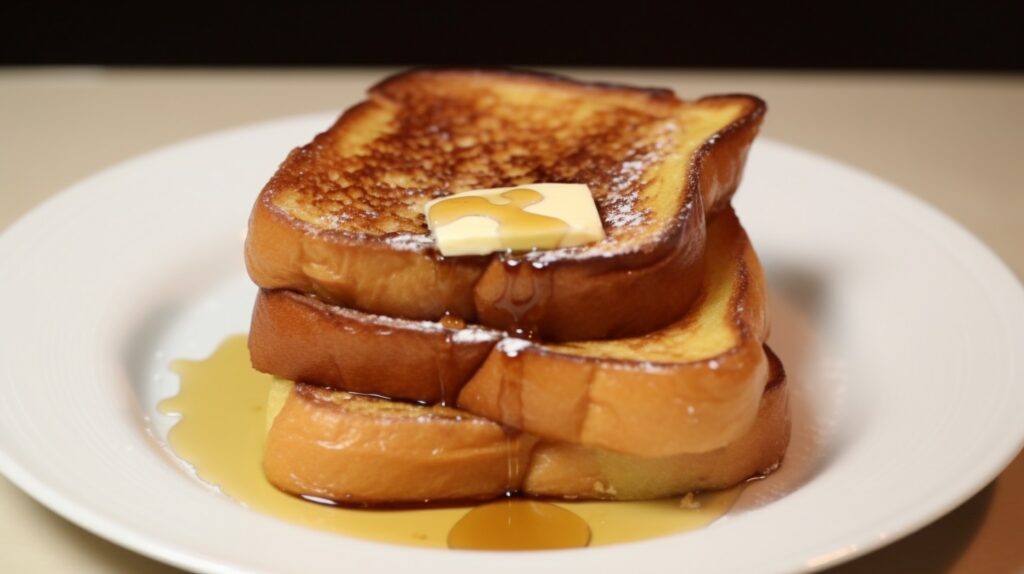
Toppings and Serving Suggestions
Classic Toppings: Sweet and Simple
Classic French toast is often served with a sprinkle of powdered sugar and a drizzle of maple syrup. The sweetness of the syrup complements the rich flavors of the toast, while the powdered sugar adds a touch of elegance. Feel free to add a pat of butter on top for an extra indulgent treat.
Fruity Delights: Adding Freshness
Take your French bread to the next level by adding a variety of fresh fruits. Sliced strawberries, ripe blueberries, or banana slices make delightful additions. You can even create a fruit compote or a quick berry sauce to pour over the toast, adding a burst of fruity flavors.
Creative Twists: Experimenting with Flavors
Embrace your creativity and try out unique flavor combinations for your French bread. Here are a few ideas to inspire you:
1. Nutella and Banana
Spread a layer of creamy Nutella on each slice of bread before dipping it into the egg mixture. Once cooked, top the French toast with fresh banana slices for a delightful blend of chocolate and fruit.
2. Cinnamon Apple
Sauté thinly sliced apples in a mixture of butter, cinnamon, and brown sugar until tender. Place the cooked apples on top of it and drizzle with a touch of honey or caramel sauce.
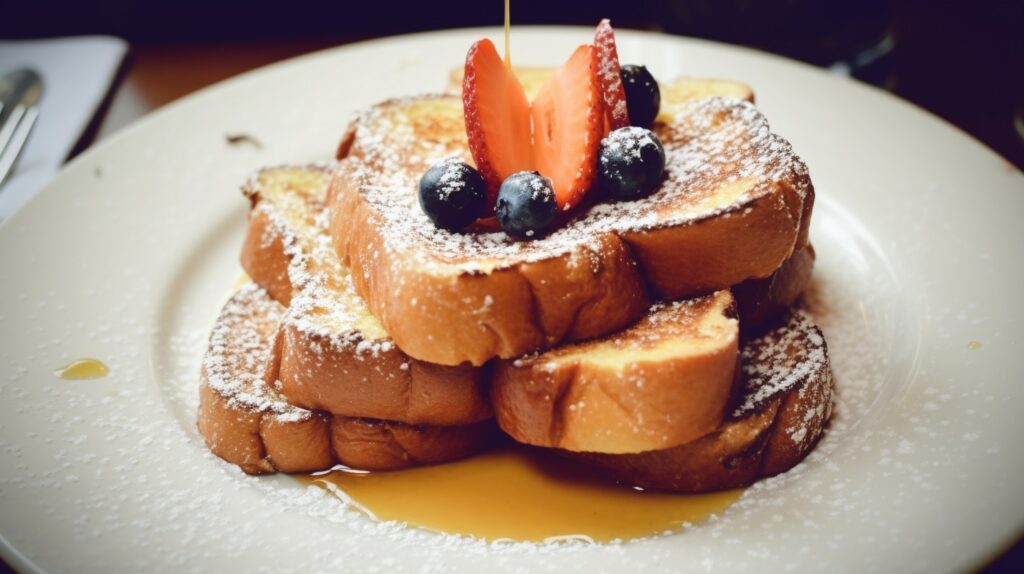
FAQs About French Toast
1. Can I use different types of bread for French toast?
Absolutely! While traditional bread options like brioche or challah are popular choices, you can experiment with different types of bread. Whole wheat bread, multigrain bread, or even cinnamon swirl bread can add unique flavors and textures to it.
2. Can I make French toast ahead of time?
It is best enjoyed fresh, but you can make it ahead and keep it warm in a low oven until ready to serve. Just be sure not to stack the slices, as they may become soggy.
3. Can I use plant-based milk for French toast?
Yes, you can substitute dairy milk with plant-based alternatives like almond milk, soy milk, or oat milk. The taste and texture may vary slightly, but it will still result in a delicious French bread.
4. Can I freeze French toast?
Yes, you can freeze cooked French toast. Allow the slices to cool completely, then place them in a freezer-safe bag or container. When ready to enjoy, simply reheat them in a toaster or oven until warmed through.
5. Can I add spices other than cinnamon?
Absolutely! While cinnamon is a classic choice, you can experiment with other spices like nutmeg, cardamom, or even pumpkin spice for a seasonal twist. Adjust the amount according to your preference.
6. Can French toast be savory?
While French toast is commonly associated with sweet flavors, you can also create savory variations. Replace the cinnamon and vanilla with salt, pepper, and herbs, and serve it with toppings like bacon, cheese, or avocado for a savory breakfast option.

Conclusion
French toast is a breakfast delight that brings warmth and comfort to the start of your day. With its golden-brown crust, fluffy interior, and endless topping possibilities, French toast offers a versatile canvas for culinary creativity. Whether you opt for classic toppings or venture into unique flavor combinations, French toast is sure to satisfy your cravings and leave you with a smile on your face. So, gather your ingredients, heat up your skillet, and savor the magic of French bread in every delicious bite.
